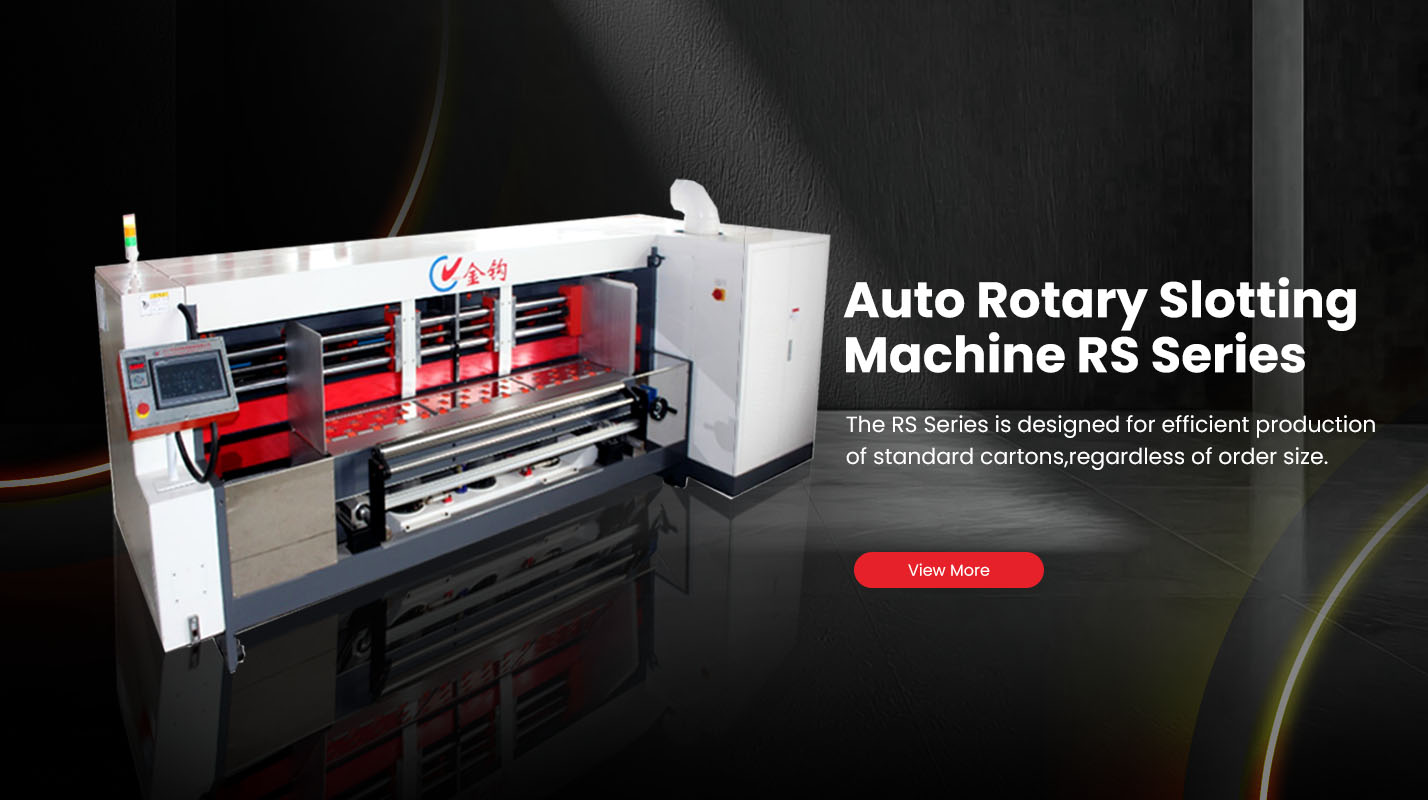How To Choose The Right Box Forming Machine For Your Factory
Selecting the right box forming machine is one of the most important decisions for any packaging manufacturer. The right equipment can significantly improve production efficiency, box quality, and profitability, while the wrong one may lead to waste, frequent downtime, and unnecessary costs.
With many machine types available today — from semi-automatic to fully digital models — it’s essential to understand your factory’s needs, material specifications, and production goals before investing.
As a global manufacturer of carton box forming and corrugated packaging machinery, JINGOUPACK shares practical insights on how to choose the ideal machine for your packaging line.
Understanding What a Box Forming Machine Does
A box forming machine converts flat corrugated sheets into finished boxes by combining operations such as slitting, slotting, creasing, cutting, and folding.
Modern systems, like those developed by JINGOUPACK, are highly automated — capable of adjusting dimensions digitally and performing multiple processes in one pass.
Key machine categories include:
Semi-automatic box forming machines: Require manual feeding or folding.
Fully automatic box forming lines: Integrate feeding, forming, gluing, and stacking.
Digital short-run box makers: Handle variable box sizes with minimal setup time.
Choosing between these depends on your production scale, product variety, and investment budget.
1. Assess Your Production Volume
The first step is to determine how many boxes you need to produce per day or month.
| Factory Type | Recommended Machine Type | Daily Capacity Range |
|---|---|---|
| Small workshop | Semi-automatic box maker | 2,000–5,000 boxes |
| Mid-size factory | Automatic forming line | 5,000–20,000 boxes |
| Large-scale producer | High-speed servo forming system | 20,000+ boxes |
High-volume factories benefit from fully automatic lines that reduce labor and increase output speed, while low-volume producers can achieve flexibility and cost savings with compact semi-automatic models.
2. Identify the Types of Boxes You Produce
Different machines specialize in different box styles:
Regular Slotted Cartons (RSC): The most common type — suitable for shipping and storage.
Die-cut Boxes: Require advanced cutting units and digital control.
Half-slotted or telescoping boxes: Need adjustable scoring systems.
Custom-size packaging: Best handled by on-demand or small-batch box makers.
If you manufacture multiple box types or serve e-commerce clients, choose a multi-function forming machine that supports flexible box design adjustments.
Tip: JINGOUPACK’s CK25 Box Maker allows instant switching between different box styles through the touch-screen panel — ideal for custom orders.
3. Consider Material Compatibility
Your box forming machine must match the corrugated board grades you use (A, B, C, E, or F flute).
Heavy-duty corrugated board: Requires high torque and pressure rollers.
Thin or recycled board: Needs precise tension control to prevent crushing.
Laminated or coated sheets: Benefit from adjustable feeding speeds and non-slip rollers.
Make sure the machine has adjustable scoring pressure, feeding gap, and knife depth to accommodate different board thicknesses.
4. Evaluate Automation Level and Digital Control
Automation is key to modern packaging production. Machines equipped with PLC control systems, servo motors, and touch-screen interfaces allow:
Automatic positioning of slitting and scoring heads.
Recipe memory for repeat orders.
Real-time error detection and feedback.
Faster changeovers between box sizes.
A digitally controlled forming line drastically reduces setup time — from 30 minutes to less than 3 minutes — saving both labor and material.
Example: JINGOUPACK’s automatic lines use servo-driven adjustment for knife positioning and sheet alignment, maintaining ±0.3 mm accuracy across long runs.
5. Check Speed, Precision, and Output Quality
Key performance metrics include:
Cutting and scoring accuracy (±0.3–0.5 mm for high-end models).
Maximum line speed (typically 100–150 sheets/min for automatic systems).
Folding precision (tight tolerances ensure consistent box dimensions).
High-speed models are ideal for factories managing multiple product lines, while precision-controlled systems are better for short-run, high-quality packaging.
6. Factor in Maintenance and Ease of Operation
Maintenance cost is an often-overlooked factor when purchasing equipment.
Look for machines with:
Accessible design: Easy to clean and service.
Automatic lubrication systems: Reduce downtime.
Clear electrical layout: Simplifies troubleshooting.
Comprehensive manuals and training support.
JINGOUPACK machines are designed for easy maintenance, featuring modular components, intuitive interfaces, and available global after-sales service.
7. Safety and Certification
Before exporting or installing new machinery, ensure it meets international safety standards such as:
CE Certification (Europe)
ISO9001 Quality Management System
These certifications guarantee compliance with electrical, mechanical, and operational safety requirements.
JINGOUPACK’s equipment, for example, features CE-certified emergency stops, protective covers, and overload protection circuits for operator safety.
8. Space and Layout Considerations
Measure your factory’s available space carefully.
Compact models can fit smaller workshops, while automatic lines require additional space for feeding and stacking units.
Efficient layout planning ensures smooth material flow — from sheet feeding to finished box stacking — without bottlenecks.
Tip: Consult with the manufacturer for 3D layout planning before purchase. JINGOUPACK provides layout optimization assistance to help clients utilize every square meter effectively.
9. After-Sales Support and Spare Parts Availability
Even the best machines require reliable after-sales service. Choose a supplier that offers:
Remote diagnostics and online support.
Local technician assistance.
Quick spare parts delivery.
Training for operators and maintenance teams.
With JINGOUPACK’s international service network, customers benefit from long-term technical support and maintenance guidance after installation.
10. Budget and ROI Considerations
While cost is a deciding factor, it should be balanced with performance and reliability.
Low-cost machines may save initially but incur higher maintenance costs.
High-efficiency models often recover investment within 12–18 months due to productivity gains.
Calculate ROI based on:
Output increase per shift.
Labor cost reduction.
Material waste reduction.
Energy savings.
A properly chosen forming machine can improve total efficiency by 30–40%, turning your investment into a profit generator.
Conclusion
Choosing the right box forming machine requires a clear understanding of your production volume, material types, and automation goals.
In short:
Small factories benefit from semi-automatic systems for cost efficiency.
Medium and large factories should invest in servo-controlled, fully automatic lines for high output and flexibility.
For custom, short-run orders, digital small-batch box makers like JINGOUPACK’s CK25 provide unmatched speed and precision.
With decades of manufacturing expertise and CE-certified packaging machinery, JINGOUPACK helps factories worldwide optimize production, reduce waste, and achieve consistent box quality.





